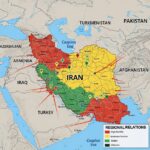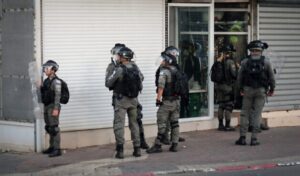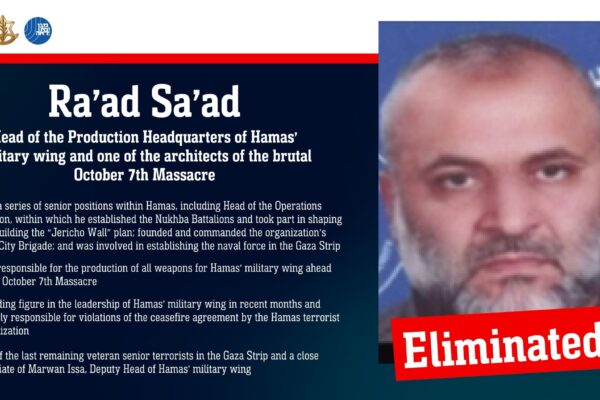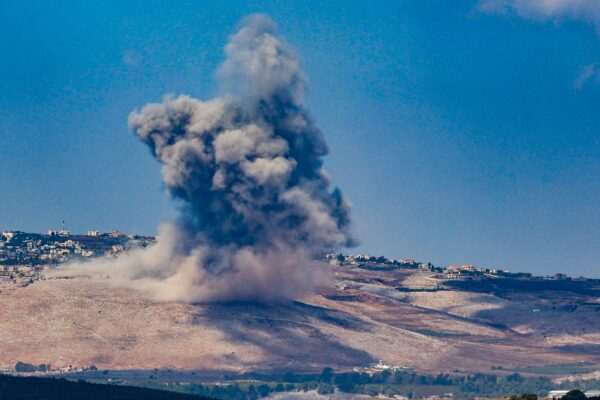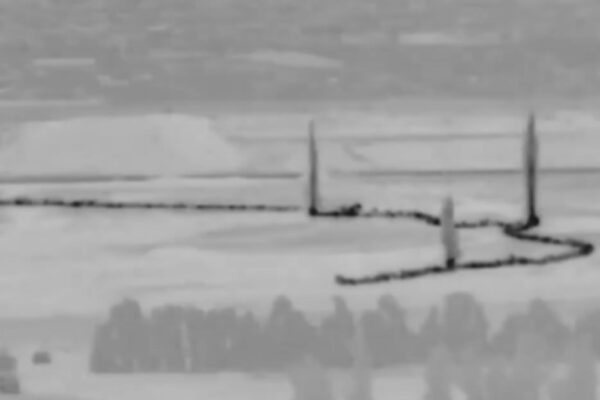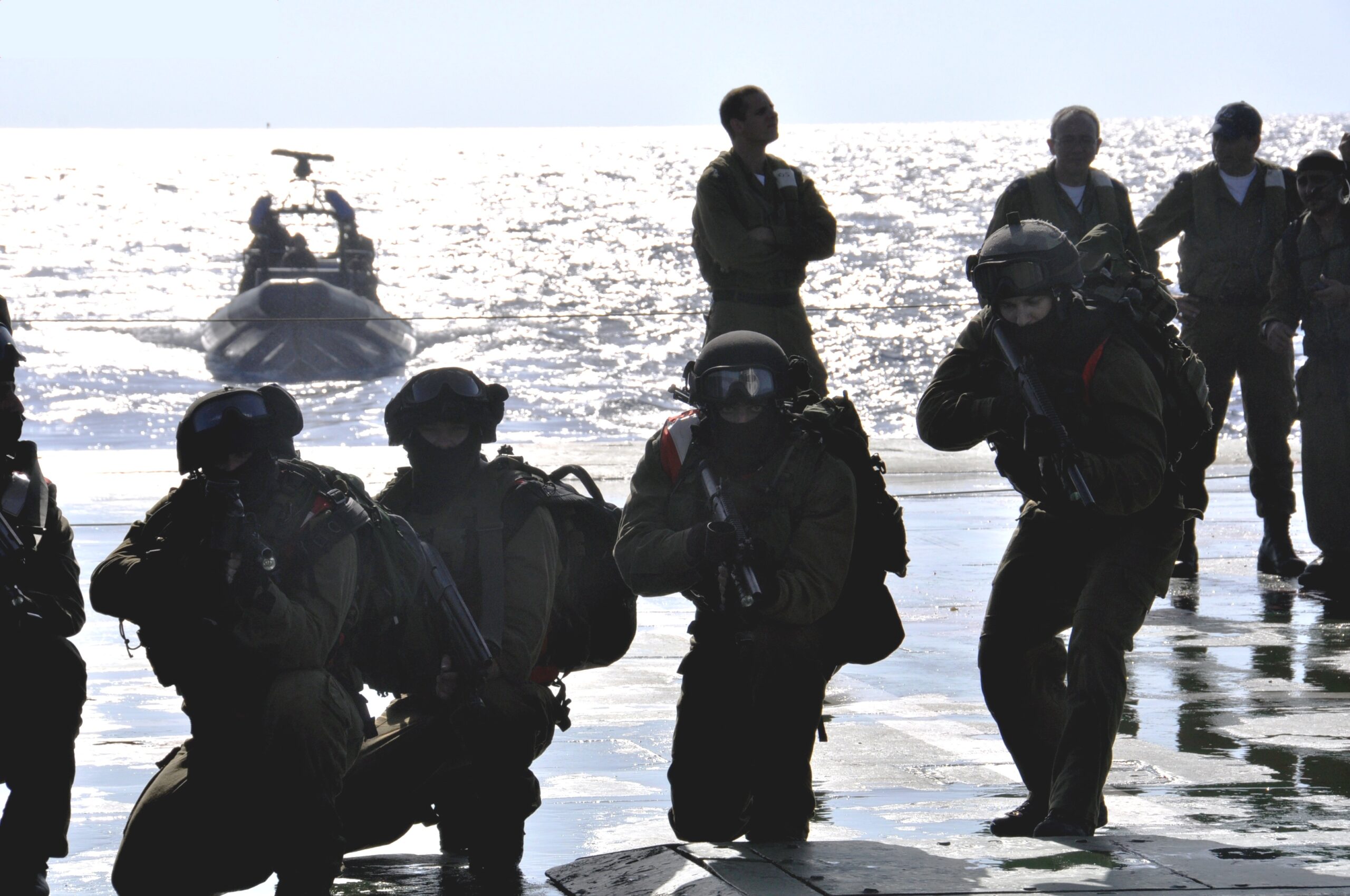American excuses for Hamas aggression only embolden it to make further violations.
By Hezy Laing
U.S. Vice President JD Vance visited Israel this week in a bid to restrain the Israeli government from responding to Hamas’s violations of the ceasefire, which resulted in the death of two IDF soldiers.
As such, he dismissed the Hamas violations, depicting them as minor. “There are gonna be fits and starts,” he said, implying that some level of violence was expected and tolerable within the broader peace framework.
Jared Kushner, in his October 2025 interview with CBS’s “60 Minutes” did the same thing. “We’re not naïve. We know there will be setbacks. But this deal is holding better than many expected. Let’s not exaggerate every flare-up as a collapse,” he said.
But the Americans have it backwards.
Preventing Israel from responding is what endangers the ceasefire, while allowing it to act freely will actually prevent its collapse.
American excuses for Hamas aggression only embolden Hamas to make further violations.
The Trump ceasefire, announced in October 2025, hinges on several key conditions: the release of all Israeli hostages, withdrawal of IDF forces from half of Gaza, disarmament of Hamas terrorists, the division of Gaza into three separate sectors and the insertion of an international stabilizing force.
These steps require not only diplomatic coordination but also compliance from Hamas, a terror group that has historically violated ceasefires and used pauses in fighting to regroup militarily.
Hamas has also used the ceasefire to slaughter dozens of regime opponents.
Israeli military deterrence—defined by its ability to impose costs on Hamas for non-compliance—creates the pressure necessary to enforce the terms of the ceasefire.
For example, when Hamas violated the initial agreement by launching attacks on October 19, Israel responded with targeted airstrikes, reinforcing the consequences of breach.
This response was backed by President Trump’s warning that Hamas would be “eradicated” if it failed to uphold the deal, signaling that deterrence is not only Israeli policy but also aligned with U.S. enforcement strategy.
In contrast, Israeli passivity—characterized by restraint or non-response—would likely embolden Hamas to further violate the agreement until it becomes unsustainable.
Why would Hamas willingly disarm, disband or release the remaining hostage bodies?
Without the threat of retaliation, Hamas has little incentive to do any of this.
Historical patterns show that ceasefires without credible enforcement mechanisms tend to collapse, especially when one party perceives weakness in the other.
For 20 years Israel has been making ceasefires with Hamas and for 20 years Hamas has been violating them.
Moreover, the success of the ceasefire’s humanitarian and political components depends on security guarantees.
The insertion of international forces and aid delivery requires a stable environment, which only deterrence can ensure.
Passivity risks renewed violence, undermining both the ceasefire and broader peace efforts.
In short, Israeli military deterrence provides the coercive leverage and security framework necessary to implement and sustain the Trump ceasefire.
It aligns with international expectations, deters violations, and creates conditions for long-term stability—outcomes that Israeli passivity cannot reliably deliver.
Somebody should tell Trump the truth.














